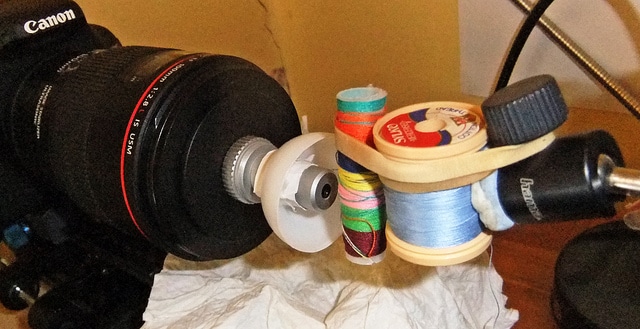Tissue embedding and sectioning is a backbone of many biological research labs. While commiserating with other grad students over tedious hours spent in the lab, you’re probably aware that there is more than one way to slice up a chunk of tissue. We’ve previously introduced what to consider when choosing a tissue embedding medium and discussed some alternatives to paraffin embedding, the most common embedding medium. But if you are still wondering if one technique is better than another, or what it would take to start using a new sectioning method, keep reading. We’ll cover that here.
The three primary means of embedding tissue for sectioning are paraffin wax, Optimal Cutting Temperature (OCT), and resin. Each has its own set of pros and cons. Which tissue embedding medium to use really comes down to how you plan to use your embedded tissue. Some of the uses overlap, so check out the chart below to see how they differ and what to expect with each technique.
| Paraffin | OCT | Resin | |
| Uses | Light microscopy | Light microscopy, western blot | Electron microscopy |
| Tissue preservation | Perfusion or immersion fixation in 4% paraformaldehyde | Snap freezing | Perfusion or immersion fixation in 4% glutaraldehyde; Post-fixation with 1% osmium tetraoxide |
| Equipment and unique supplies | • Microtome ($10–30K) • Tissue cassettes (<$1 each) | • Cryostat microtome ($15–50K) | • Ultramicrotome ($50–70K) • Diamond knife ($2–4K) • Glass knives ($100–200) • Tissue grids (approx. $2 each) |
| Preparation time | 2 days • Dehydration in ethanol, clearing in xylene • Paraffin wax infiltration | < 1 day • Freeze in OCT media using dry ice • Acclimate to cryostat temperature for at least 1 h | 3 days • Dehydrations • Contrast staining with uranyl acetate • Dehydrations • Epon infiltration |
| Standard section thickness | 4–5 µm | 1–100 µm | < 1 µm |
| Storage | Dry on glass slides | Fresh in -80°C freezer or adhere to slides and fix | Electron microscope grids at RT |
| Antigen Masking | Medium | Low | High |
| Pros | • Versatile • A happy balance between good preservation and antigenicity | • Doesn’t require fixed tissue • Minimal tissue processing makes it sensitive to immunohistochemistry | • Ultra-thin sectioning • High morphological preservation |
| Cons | • Difficult to produce thinner sections | • Delicate sections • Cold hands! | • Expensive equipment • Highly toxic chemicals |
Major equipment costs vary widely depending on the manufacturer and quality—just like buying a car, you’ll pay more for all the bells and whistles. Purchasing equipment might be in store for you if your lab is embarking on a new technique that will become an experimental staple, but for the occasional experiment here and there, it probably won’t be necessary. Costs can be saved collaborating with labs that already own the equipment or by making use of university research core centers.
Many scientists have their own favorite sectioning method. But when deciding which tissue embedding method would be best for you, make sure you choose the technique best suitable for how you plan to use the tissue.







